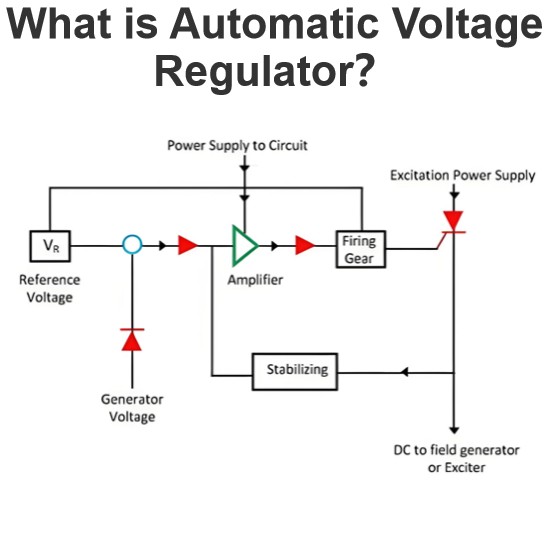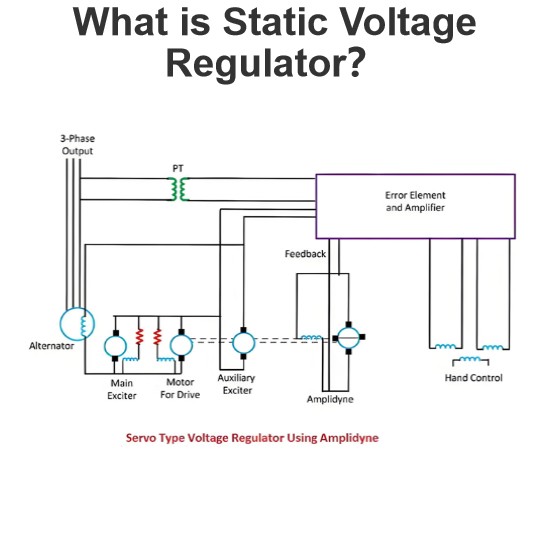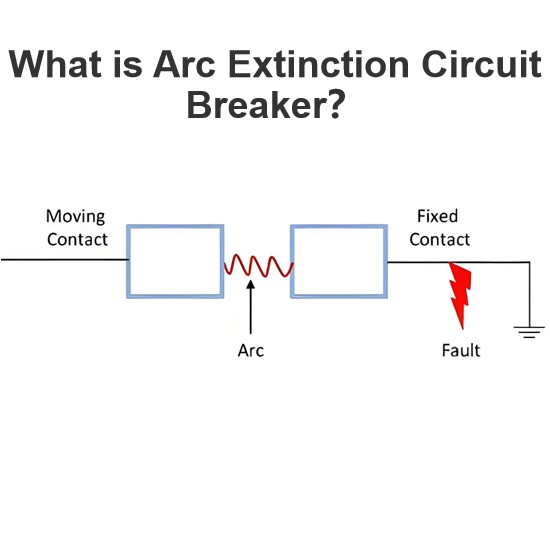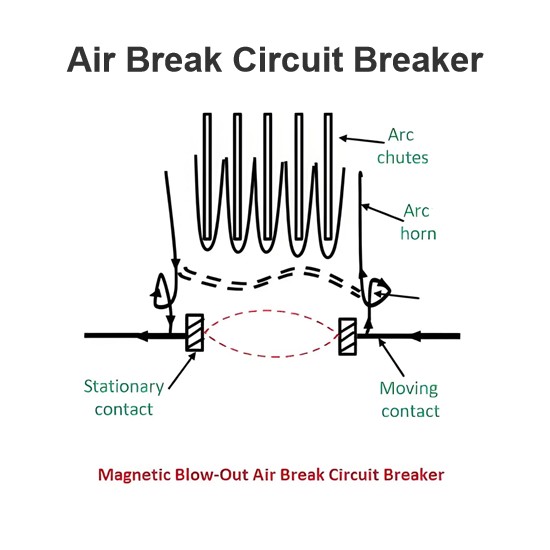Why are Overhead Power Lines Loose on Electric Poles & Towers?
Why are Overhead Power Lines Loose on Utility Poles and Transmission Towers?
In today's era of rapid technological advancement, the transportation of people, goods, and services has become significantly easier. Geographical distance is no longer a formidable obstacle. Just as these tangible entities can be efficiently conveyed over long distances, electricity also needs to be transmitted far and wide. However, unlike physical goods, electricity requires a medium for its journey.
You may have frequently observed that the power transmission lines suspended from utility poles and transmission towers appear loose, rather than being tightly fastened. This sight often prompts the question: Why aren't these lines secured more tightly?
In this exploration, we will uncover the reasons behind the looseness of power lines on poles and the necessity of sag in both distribution and transmission lines. Before delving into the detailed explanations, let's first review some essential points that will enhance our understanding of this electrical engineering phenomenon.
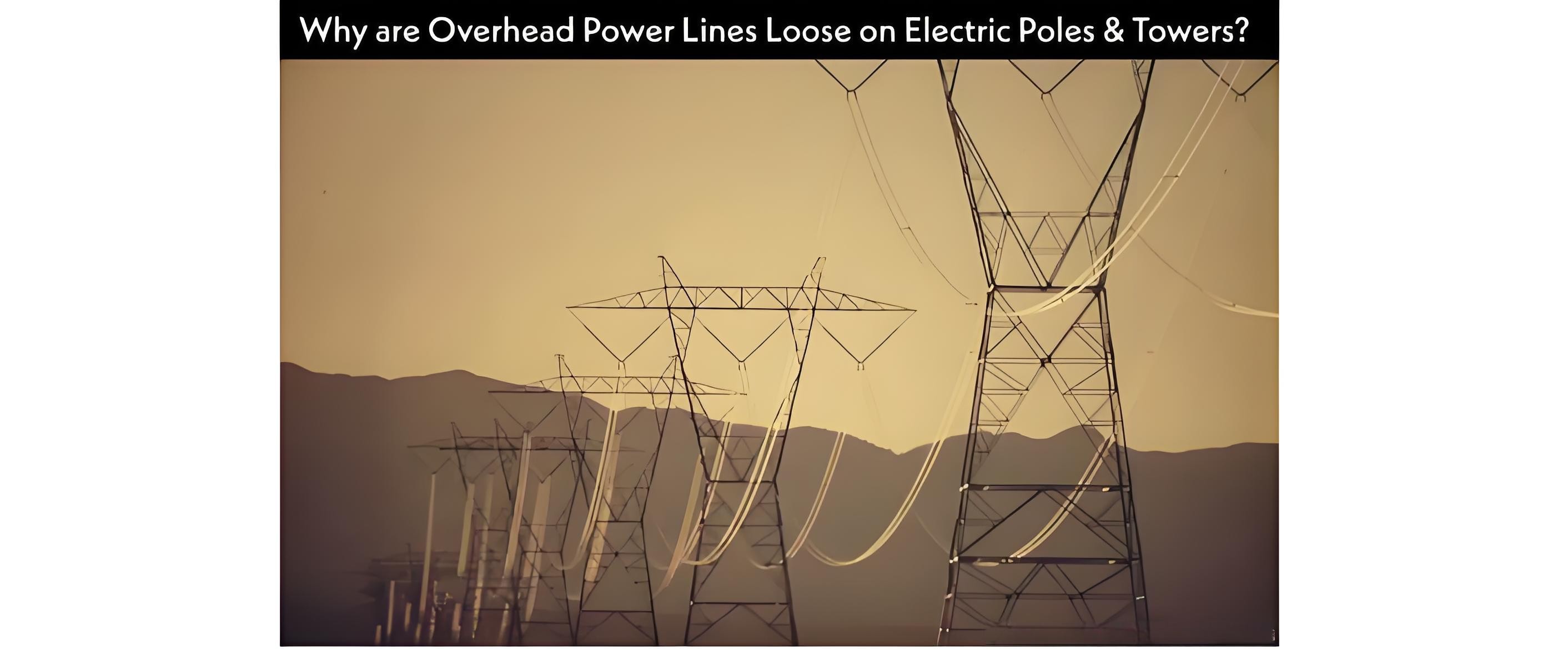
Power Transmission: Principles, Losses, and Components
Power Transmission Basics
Power represents the rate at which work is performed. In the context of electricity, work is accomplished when electrical energy traverses a distance. Consequently, power can be defined as the amount of energy delivered per unit of time. To transport electricity over long distances, power lines serve as the essential medium for this transfer.
Active power, the component of electrical power that performs useful work, is typically measured in watts. When it comes to power transmission, high - voltage transmission is the preferred method for energy conservation. This is because electric current flowing through a conductor generates heat, which can be highly detrimental. The heat causes the electrical lines to degrade over time, leading to premature wear and potential failure. To minimize energy losses and preserve the transmitted power, it is more efficient to reduce the amount of electric current flowing through the lines while increasing the voltage. This approach, known as high - voltage power transmission, effectively reduces the power dissipated as heat in the transmission lines.
Conduction and Power Losses
During the power transmission process, some electrical power is inevitably lost to the surrounding environment. This occurs primarily because transmission lines are not fully insulated, allowing for heat dissipation and electrical leakage. According to Ohm's law, the resistance (R) of a conductor is directly proportional to its length (L). As a result, as the length of the transmission line increases, so does its resistance. Additionally, air, which surrounds the transmission lines, is a poor conductor and is unable to efficiently dissipate the heat generated by the electrical current flowing through the lines.
To mitigate these issues, electrical lines are engineered with larger diameters. This design choice is based on the fact that the resistance (R) of a conductor is inversely proportional to its cross - sectional area. By increasing the diameter of the conductor, its cross - sectional area grows, leading to a reduction in resistance. This decrease in resistance, in turn, minimizes the power losses due to heat generation in the transmission lines.
Electric Wires and Cables
Electric cables and wires are the conductors through which electricity travels, and they are predominantly made of copper due to its excellent electrical conductivity. However, these conductors are not composed of pure copper. To enhance their mechanical properties, such as strength and durability, copper is alloyed with other elements. The addition of these elements does not compromise the electrical conductivity of the copper. Instead, they improve the mechanical characteristics of the conductor, ensuring that it can withstand the rigors of installation and operation while maintaining its ability to efficiently transmit electricity.
Joule’s Law of Electric Heating
In reality, no metal is truly pure; the purity of any metal is always less than 100%. As a result, all metals possess internal resistance. When an electric current flows through a conductor, energy is dissipated in the form of heat. The amount of heat generated can be calculated using Joule’s law of electric heating, which provides a fundamental understanding of the relationship between electrical current, resistance, and heat generation in electrical circuits.

Other forms of Joule’s Law

Joule's Law and the Impact of Environmental Factors on Electric Lines
As indicated by Joule's law of electric heating, the heat (P) generated by the flow of electrons through a conductor is directly proportional to the resistance (R), time (t), and the square of the current I^2. When an electric current traverses a conductor, it must overcome the resistance within the material. This resistance acts as an obstacle to the movement of electrons, causing the current to dissipate energy in the form of heat into the surrounding environment.
The Influence of Weather and Temperature on Electric Lines
The resistance of a conductor is significantly affected by temperature. As the temperature of the conductor increases, so does its resistance. This phenomenon occurs because rising temperatures cause the electrons within the conductor to gain additional kinetic energy, resulting in more erratic and random movement. These energetic electrons frequently collide with the atoms of the conductor material, generating heat in the process.
Excessive heat generated by a conductor can pose a serious threat, potentially causing it to melt and leading to system failures. In hot weather conditions, conductors expand due to thermal expansion, causing overhead wires to become looser. Conversely, in cold weather, the conductors contract, which can also impact their mechanical integrity and electrical performance.
Tension in Electric Lines
Tension is a force that arises in a wire or cable when it is subjected to two opposing forces. In the case of overhead power lines suspended between utility poles or transmission towers, tension is always present. If the wires were tightened excessively, the tension would increase significantly. This heightened tension makes the wires more vulnerable to damage, as even minor contractions or expansions due to temperature changes or mechanical stress could cause them to snap.
The Necessity of Sag in Distribution and Transmission Lines
Sag in transmission lines is the noticeable downward curve or dip of the cables between support structures such as poles or towers. This curvature is a natural outcome of the combined effects of the wire's weight and the tension acting upon it.
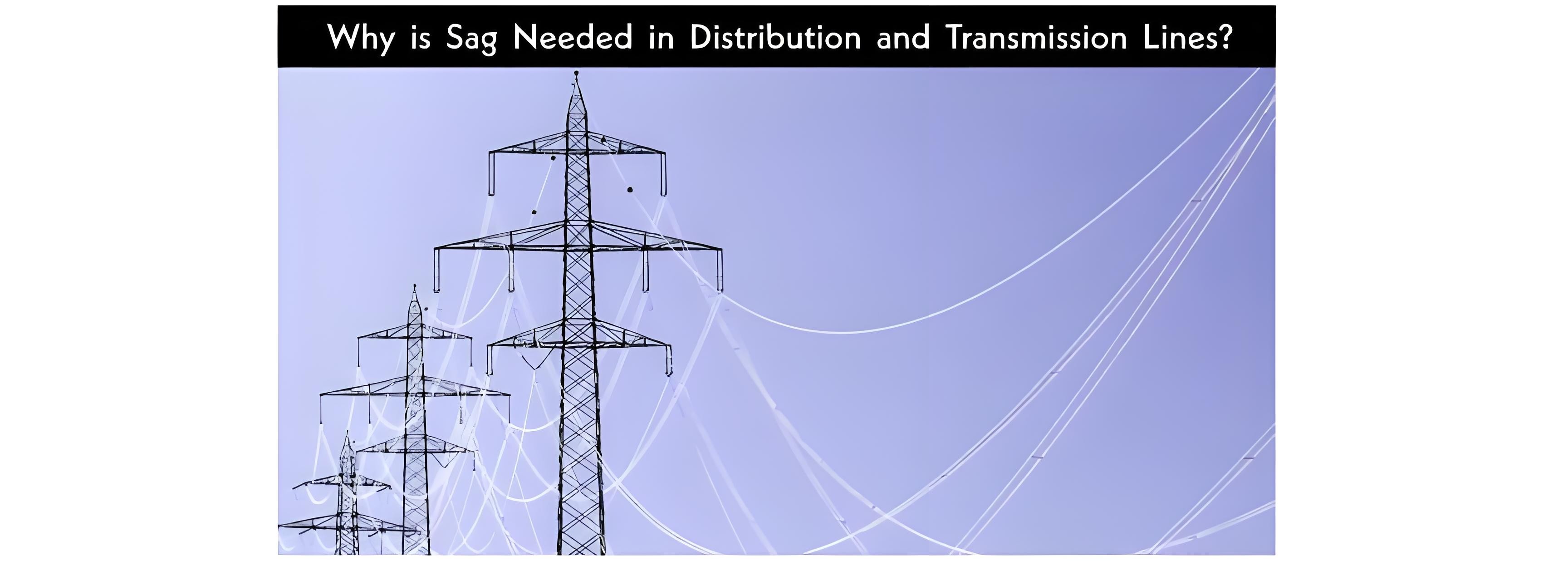
The Significance of Loose Overhead Power Lines and Sag in Electrical Transmission
During the long - distance transmission and distribution of electricity, heat dissipation is an inevitable consequence. High - voltage transmission is employed as a strategic measure to minimize the heat generated within conductors. This is because, according to the principles of electrical engineering, reducing the current (by increasing the voltage) significantly decreases the power dissipated as heat (following Joule's law P = I^2R. Additionally, weather conditions and the internal temperature fluctuations of the wires necessitate that overhead power lines be installed with a certain degree of looseness.
If power lines were tautly strung, a cold spell could trigger contraction in the transmission lines. This contraction would lead to a substantial increase in tension within the lines. The elevated tension could cause severe damage to the wires and cables, potentially resulting in power outages, safety hazards, and costly repairs. To avoid such detrimental outcomes, power lines are deliberately installed with slack. This design allows the lines to contract or expand with temperature changes without experiencing excessive tension, thereby safeguarding the integrity of the electrical infrastructure.
Sag, the downward curvature of transmission line conductors between support structures, is not merely an aesthetic feature but a mandatory and critical component of electrical transmission systems. It serves as a safeguard against overheating by providing sufficient space for the wires to expand under high - temperature conditions, reducing the likelihood of excessive resistance and subsequent heat generation. Moreover, sag effectively mitigates tension within the lines, preventing them from succumbing to mechanical stress caused by factors such as temperature variations, wind loads, and ice accumulation.
In essence, sag plays a pivotal role in ensuring the safety, reliability, and extended lifespan of electrical transmission systems. By maintaining an optimal level of sag, engineers can guarantee the smooth and efficient operation of the grid, minimizing the risk of accidents, power disruptions, and costly infrastructure damage. This careful balance between tension, temperature, and mechanical stress is essential for the continued success of modern electrical distribution networks.
The Electricity Encyclopedia is dedicated to accelerating the dissemination and application of electricity knowledge and adding impetus to the development and innovation of the electricity industry.
